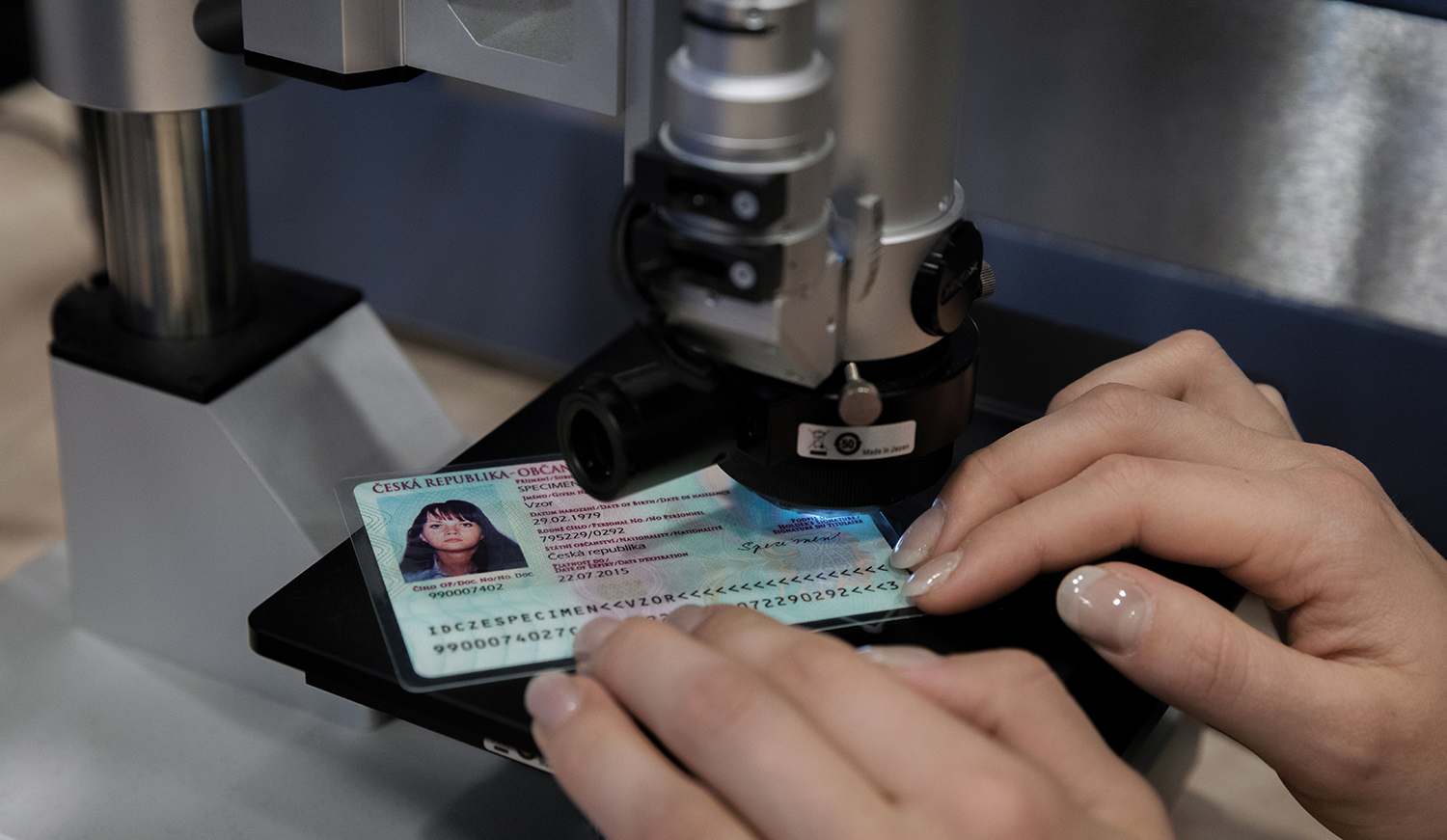What does the Document and Identity Office do?
Foreign nationals from over 160 countries live in the Netherlands. If they apply for a residence permit or Dutch passport, or want to register with their municipal service, they must present certificates or other civil status documents from abroad. But are these documents genuine? Were they obtained in a legitimate manner? Or were they maybe forged?
The Document and Identity Office (Bureau Documenten) has four tasks.
1. Genuine, false or falsified?
Sometimes, a government agency questions the genuineness of a document. This may involve a civil status document, such as a birth certificate, marriage certificate or identity card. Or other documents that are presented as evidence in an asylum procedure, such as a proof of military service, a petition or a court judgment. In case of doubt, the Document and Identity Office is called in. Its document experts check the genuineness of documents with specialized equipment.
2. Combatting identity fraud
By examining documents for genuineness, the Document and Identity Office helps combat identity fraud. Identity fraud involves taking on a false identity, through the illegitimate appropriation of someone else’s personal details. This includes the use of false or falsified documents, such as birth or marriage certificates.
3. Monitoring
The Document and Identity Office monitors the process through which the Netherlands Immigration and Naturalization Service (IND) produces and issues documents to foreign nationals who have, or have applied for, residence rights in the Netherlands. These documents are Dutch identity documents. Examples are available on www.identiteitsdocumenten.nl.
4. Examination and improvement
The Document and Identity Office examines falsified documents and the modus operandi of fraudsters. The objective is to make Dutch documents more secure and to develop security features that are difficult to imitate. This way, we can better prevent fraud.
EMBED VIDEO: https://youtu.be/D1cpagM1oOQ
How does the Document and Identity Office operate?
The Document and Identity Office examines documents on three levels.
1. Technical
How was the document made? For example, was it printed with a printing press or a printer? Is the passport photo original, or was it substituted for the original?
2. Tactical
What is the issuing process? For instance, does the appearance of the document match the date on which it was issued?
3. Empirical
Does the document match what we know, sometimes for having established it ourselves in the country of origin? For example, do the stamps used by an office match the knowledge and experience that our examiners have of a country?
If a document fails to comply
If a document is negatively assessed or contains an otherwise noteworthy element, the document examiner issues a Declaration of Examination. This is a report with the outcome of the examination. Then the Declaration is sent the government agency which requested the examination.
You can download our Guide to Document Examination here. [download knopje]
Document management at the Office
The Document and Identity Office manages documents that are submitted or withheld during the asylum procedure. We keep these documents until the person applying for asylum receives a decision. If an examination is required, the documents remain in our keeping. If a document fails to comply, it cannot be used for official purposes and the Public Prosecution Service does not allow its return to everyday legal usage.
